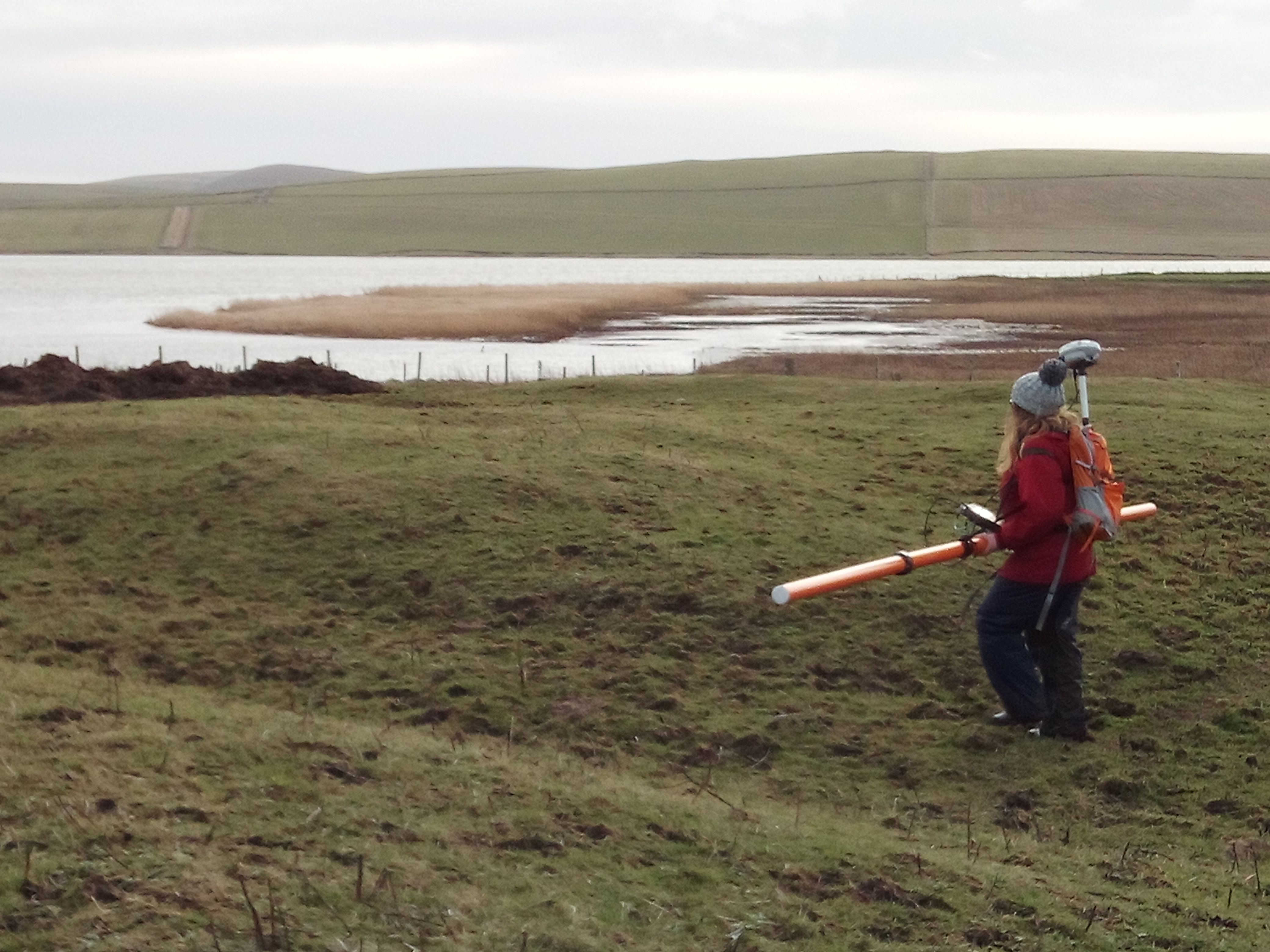Ancient Viking waterway discovered in Orkney
The route connects the North Atlantic with the Scapa Flow and crosses the Scottish archipelago’s mainland.

A lost Viking canal system that acted as a trade and transport highway, has been discovered running through Orkney.
The route connects the North Atlantic with the Scapa Flow and crosses the Scottish archipelago’s mainland.
A series of Old Norse place names around the island, connected to the sea and boats, first sparked the interest of researchers who then began investigations.
Modern scientific methods, geophysical mapping and sediment samples have now revealed that the area was connected through a series of ancient canals.

Dr Alexandra Sanmark, of the University of the Highlands and Islands, said: “I am delighted with the outcome as multiple pieces of written and landscape evidence suggested the existence of the waterway.
“The results will be used in our continued study of how the Norse used and organised the landscape of Orkney.”
Names with Norse origins are prevalent in the west mainland of Orkney, which was a key area of power for the Jarls – earls from modern Scandinavia – from the ninth to the 12th century.
The waterways provided easy access to their stronghold on the Brough of Birsay for the transport of rents and taxes from the rich farms and estates surrounding the Loch of Harray.
They also created essential trade routes to the protected waters of Scapa Flow.
This newly discovered network would have provided a shallow water routeway through which the Vikings were able to haul their boats and heavy goods.
Similar waterways can be found elsewhere in Scotland, such as at Rubh an Dunain in Skye.
The new study investigated some place names that have sea or boat connotations found in inland central Orkney, such as Greenay, meaning shallow waters.
Results from the research show a route from Harra, through the Loch of Banks, including a portage at Twatt, over to the Loch of Boardhouse into the earldom estates in Birsay was easily achieved.
Dr Richard Bates, from the University of St Andrews, said: “In the past, we often have to think about transport in an entirely different way to what we are used to today, in this case the waterways were likely the main highways.”
The study, to be published in the Journal of Wetland Archaeology, is a collaboration between the universities of the Highlands and Islands, St Andrews and Wales.





